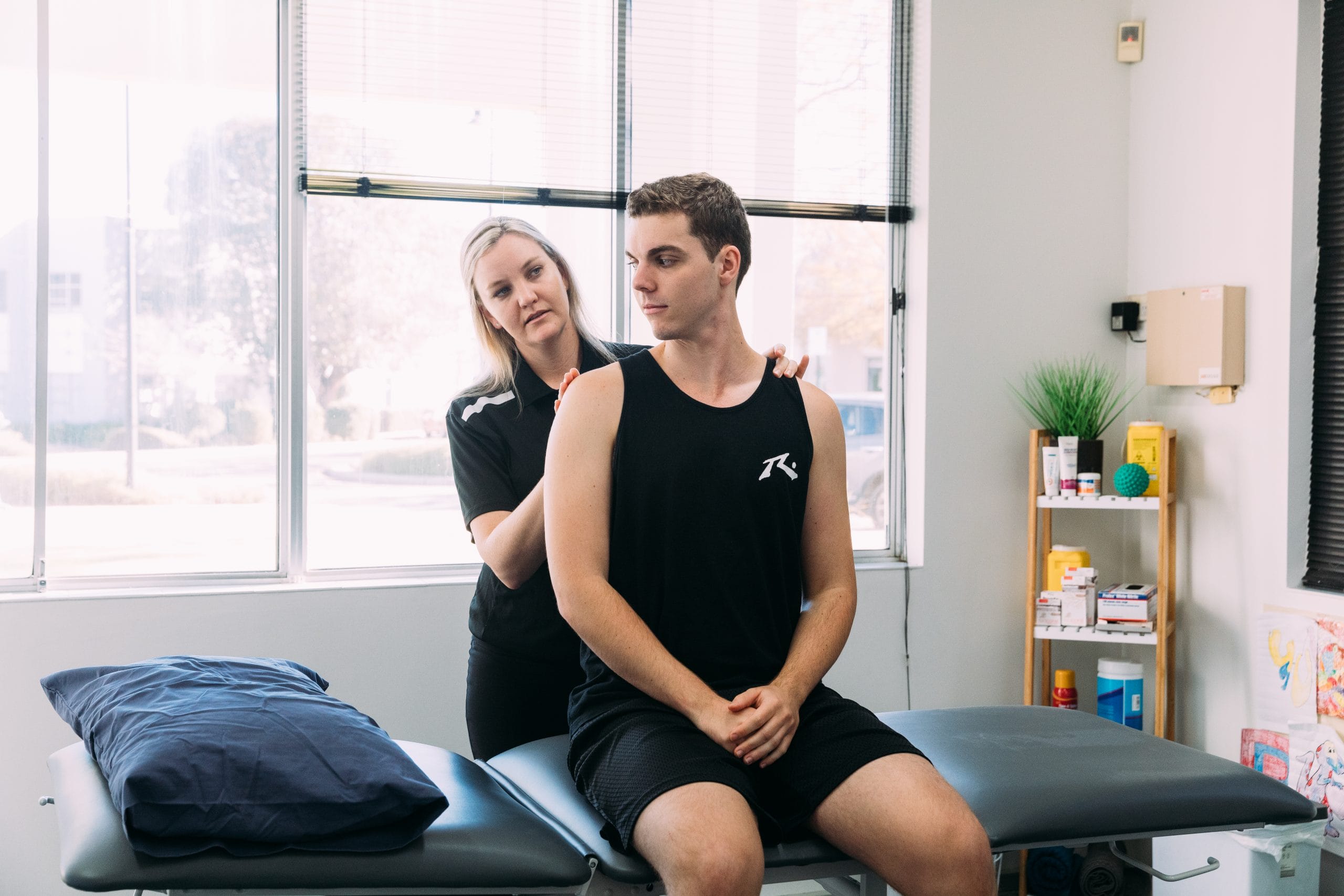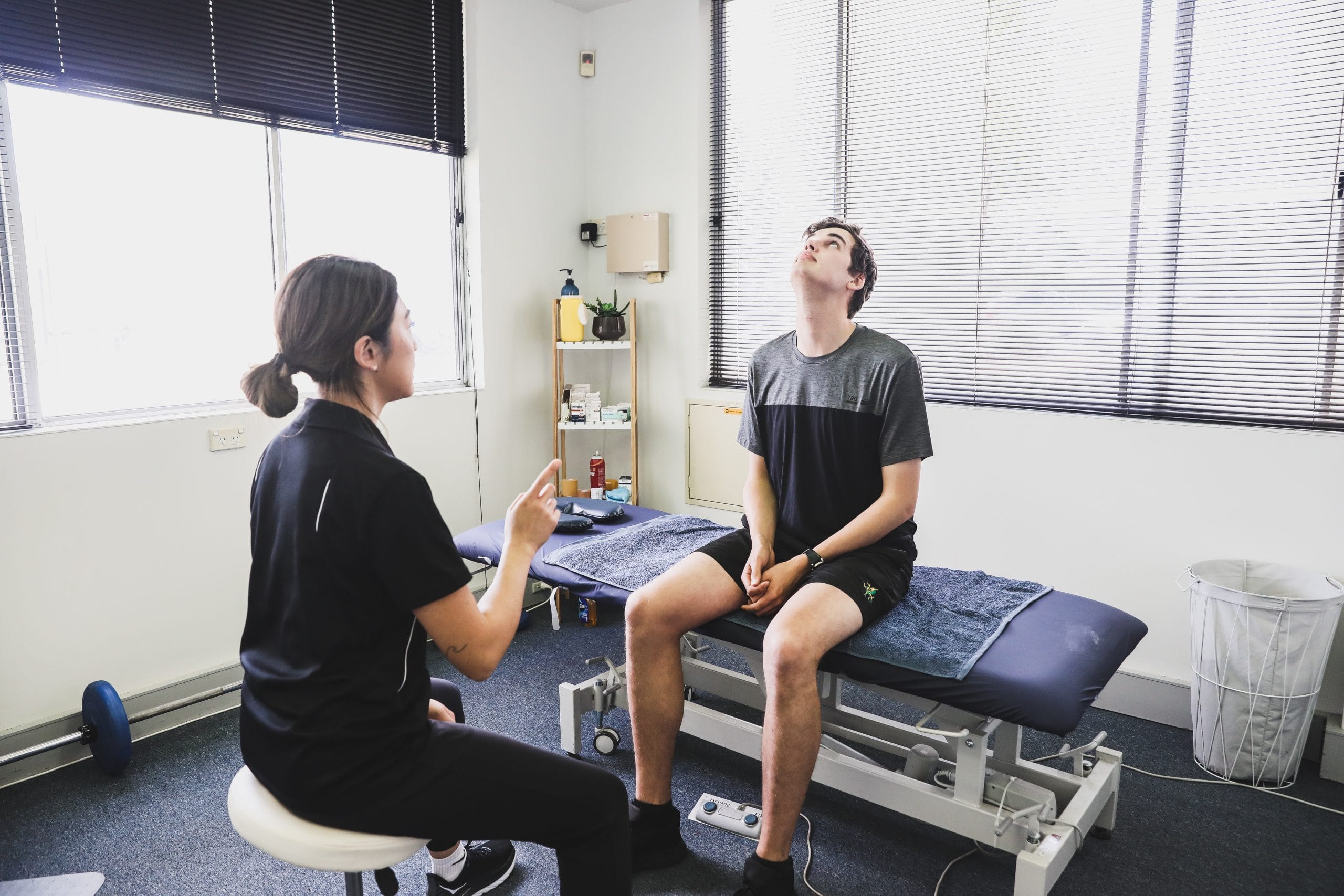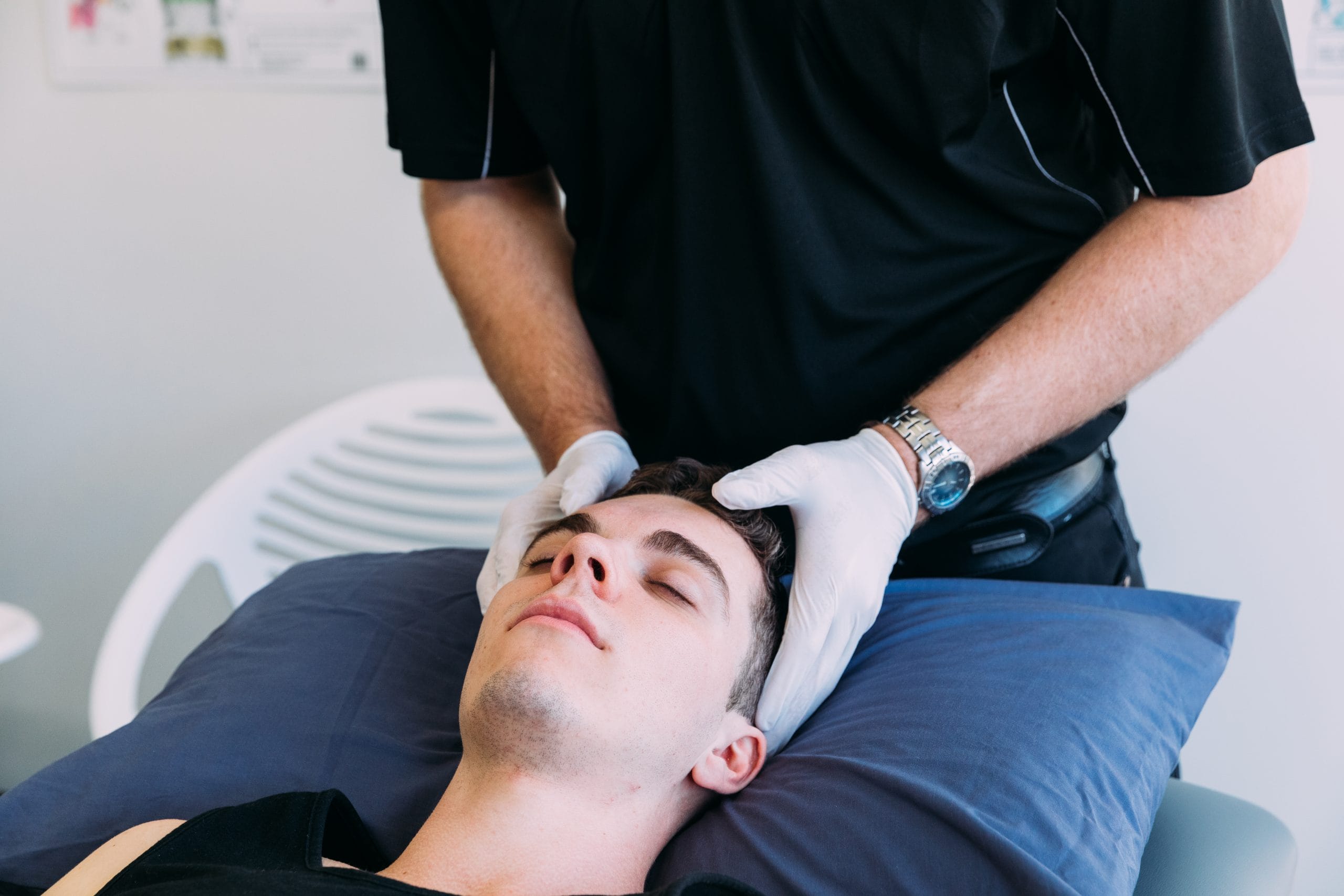
Vertigo can turn your world upside down… quite literally.
Disorienting, dizzying, and just plain awful, it can seriously impact your everyday life and hurt your confidence in completing daily tasks.
Understanding the type of vertigo you have is the first step to finding the right treatment and some relief from your world spinning.
Central vs peripheral vertigo – which do you have? And how do you start treating it to get back to the life you love?
What is vertigo?
Vertigo is the sensation that you or your surroundings are moving when there is no actual movement. It’s more than feeling dizzy; it’s a very specific sensation of movement that can be extremely disorientating and distressing. It often arises from problems in the vestibular system’s normal functioning.
Think of the vestibular system as your body’s internal compass. It constantly works to keep you upright and properly oriented in your environment. This system is comprised of two main parts: the semicircular canals and the otolith organs, which are both in the inner ear.
These parts work with your vestibular nerves, which connect your inner ear to your brain. They constantly relay information to your brain about your body’s movements and positioning. But when these signals clash with information from your other senses — like your vision — vertigo can occur.
Central vertigo
As the name suggests, central vertigo arises from the central nervous system, which includes the brain and spinal cord. Instead of the inner ear problems tied to peripheral vertigo, central vertigo is linked to neurological conditions.
When you have a disruption in your brain’s pathways, your brain struggles to interpret the signals it receives from the inner ear, eyes, and the rest of the body, resulting in that all too familiar movement or spinning feelings.
Common causes of central vertigo
A range of conditions can lead to central vertigo, making a careful evaluation crucial for determining the cause. Conditions might include:
- Stroke: Disruptions of blood flow to the brain can affect areas responsible for balance and spatial orientation.
- Migraine: Severe headaches can be the result of a whole host of vestibular symptoms, including vertigo.
- Multiple Sclerosis (MS): Impacting the brain and spinal cord, MS can disrupt the central nervous system’s control over balance.
Common symptoms of central vertigo
- Coordination and imbalance are more marked than with peripheral vertigo.
- Nausea and vomiting that are less severe but more persistent than peripheral.
- Double vision or difficulty with speech, indicating a neurological involvement.
- Headache or other neurological symptoms you don’t ordinarily see with peripheral vertigo.
Management and treatment
Management strategies might include:
- Drug therapy: Used to control symptoms or treat the underlying condition. This might mean anti-coagulants for a stroke or disease-modifying agents for MS.
- Physiotherapy: Vestibular physiotherapy can be adapted to help improve balance and minimise dizziness symptoms.
- Lifestyle modifications: Such as ways to manage stress and prevent migraines.
Peripheral vertigo
Peripheral vertigo is the most common type of vertigo, stemming from issues within the inner ear that largely contribute to our balance and spatial orientation.
When there is a disturbance with the inner ear’s vestibular system or vestibular nerve, peripheral vertigo can occur. The vestibular system is essential for maintaining your balance and understanding your body’s position in space. When it’s compromised, the incorrect messages sent from the affected ear can lead to the sensation of spinning, abnormal tilting (up/down or left/right), and feeling off-balance.
Common causes of perhiperal vertigo
- Benign Paroxysmal Positional Vertigo (BPPV): Small calcium particles become dislodged in the canals of the inner ear, causing a brief but intense sensation of spinning, usually triggered by head position changes.
- Meniere’s Disease: Fluid buildup in the inner ear can cause episodes of vertigo, along with hearing loss and tinnitus.
- Vestibular Neuritis: An infection causes inflammation in the vestibular nerve, leading to acute prolonged spinning.
Common symptoms of peripheral vertigo
Peripheral vertigo has key symptoms that separate it from central vertigo, including:
- Episodic: The duration of vertigo should be short but will occur regularly over time.
- Severe symptoms: Vertigo will be severe and is often accompanied by nausea and vomiting.
- Triggered by movement: Vertigo begins with a change in head or body position.
- Auditory symptoms: Tinnitus or hearing loss might accompany vertigo, especially with conditions like Meniere’s Disease.
Management and treatment
Management strategies might include:
- Positional manoeuvres: For BPPV, the Epley manoeuvre can be very useful in shifting the ear’s calcium deposits.
- Medications: Drugs can be useful in managing the symptoms of peripheral vertigo, such as nausea or motion sickness.
- Dietary and lifestyle changes: For Meniere’s disease, consuming less salt in your diet and improving stress management can be beneficial.
- Vestibular rehabilitation: To decrease dizziness/vertigo and improve balance.
Diagnosing central vs peripheral vertigo
Determining the origin of your vertigo can only be done by a healthcare professional. The process usually begins with a comprehensive medical history and a physical examination. This helps to uncover details about the symptoms, their onset and duration, and any potential triggers they may have.
Tests and exam types
An additional step is to undergo a series of tests and exams to narrow down the diagnosis.
- Hearing tests: These are used because inner ear involvement is common in peripheral vertigo. Audiometric evaluations can uncover hearing loss and related abnormalities that may contribute to the conditions.
- Vestibular tests: Tests might include videonystagmography (VNG), a procedure where eye movements are measured to evaluate inner ear and central motor function, as well as the head impulse test, which can point toward a vestibular deficit.
- Imaging studies: Like an MRI or CT scan of the head and brain, this may reveal central causes of vertigo, such as a stroke or brain lesions.
- Blood tests: These are not tests for vertigo specifically, but can reveal medical conditions that may contribute to or cause symptoms.
Find relief from vertigo
Vertigo, whether it’s central or peripheral, can really impact your daily life. It’s important to seek help so that you can regain your balance and steadiness and tackle the day with confidence once more.
At Integrity Physio Como, we’re committed to delivering experienced, personalised care. Our vestibular physiotherapy can help improve balance and minimise your symptoms. Take that first step and book an appointment today.




